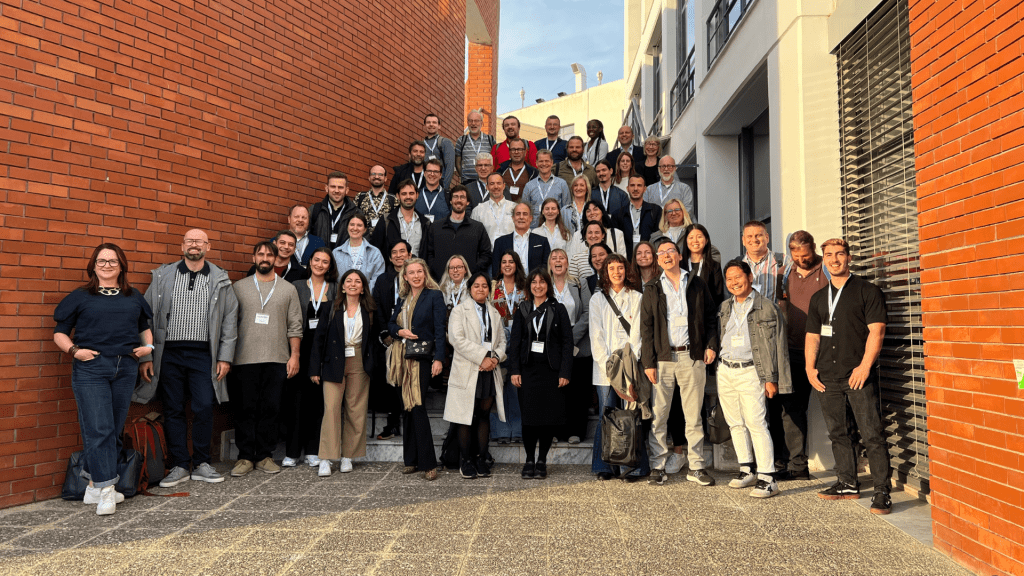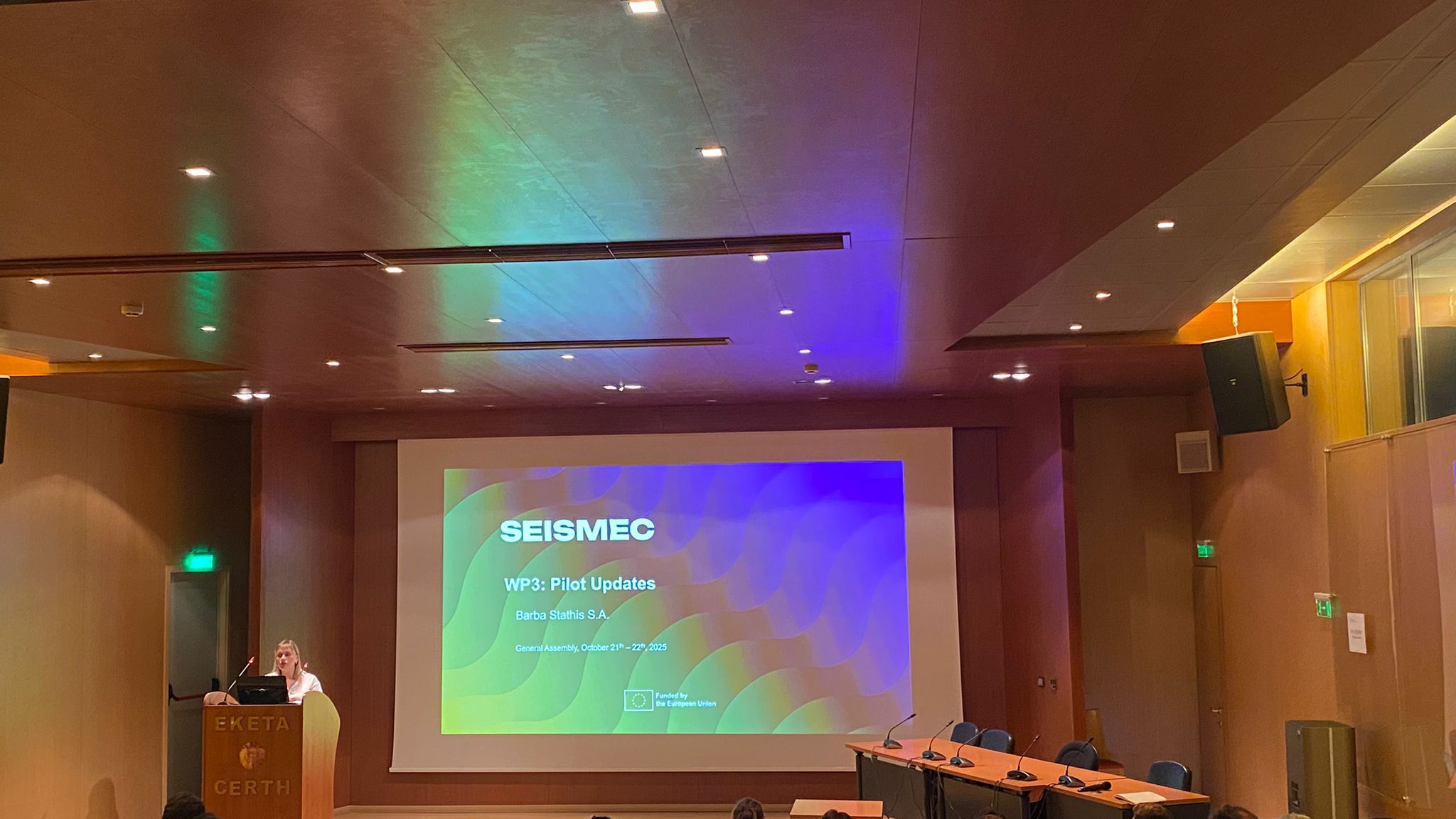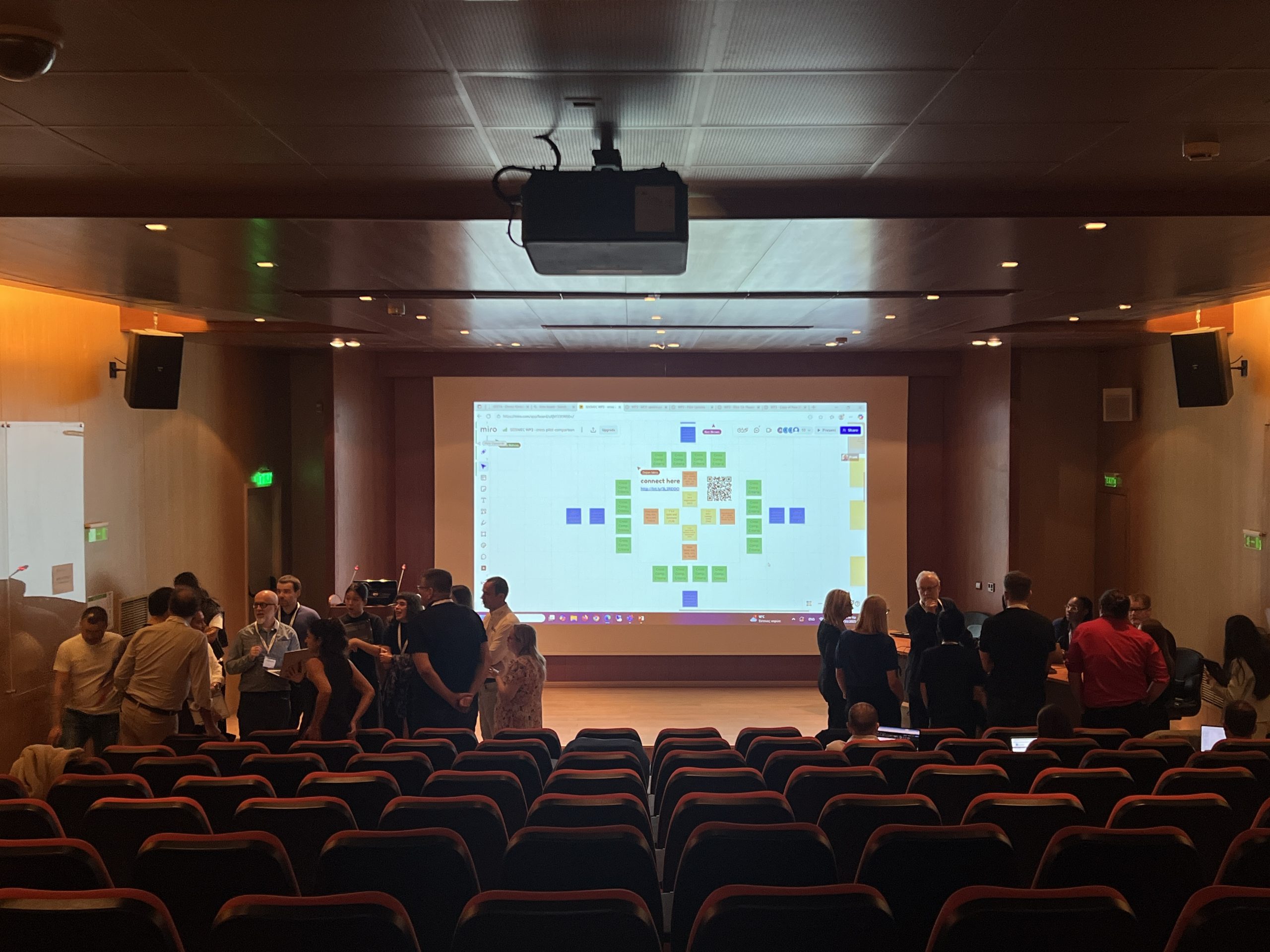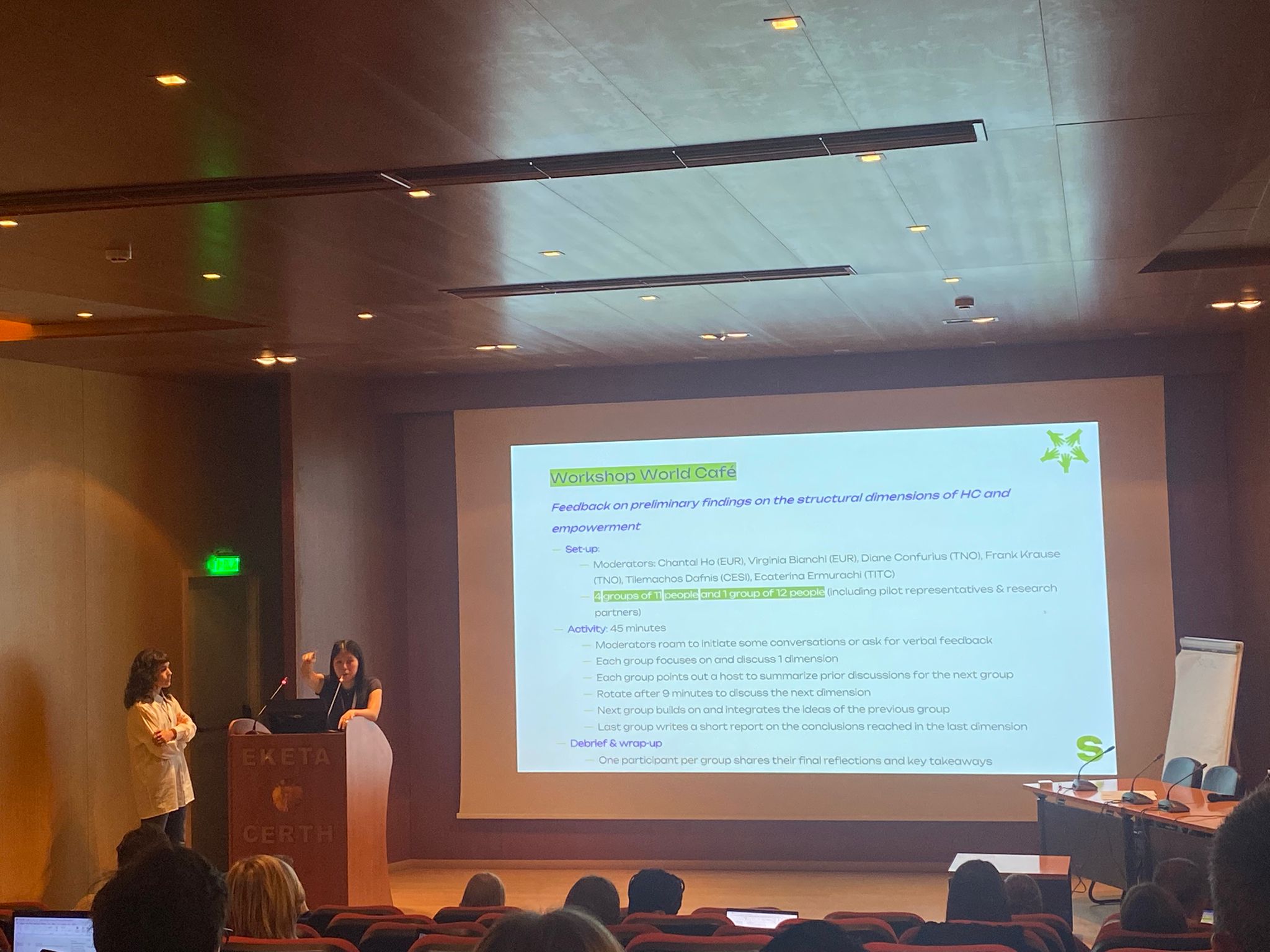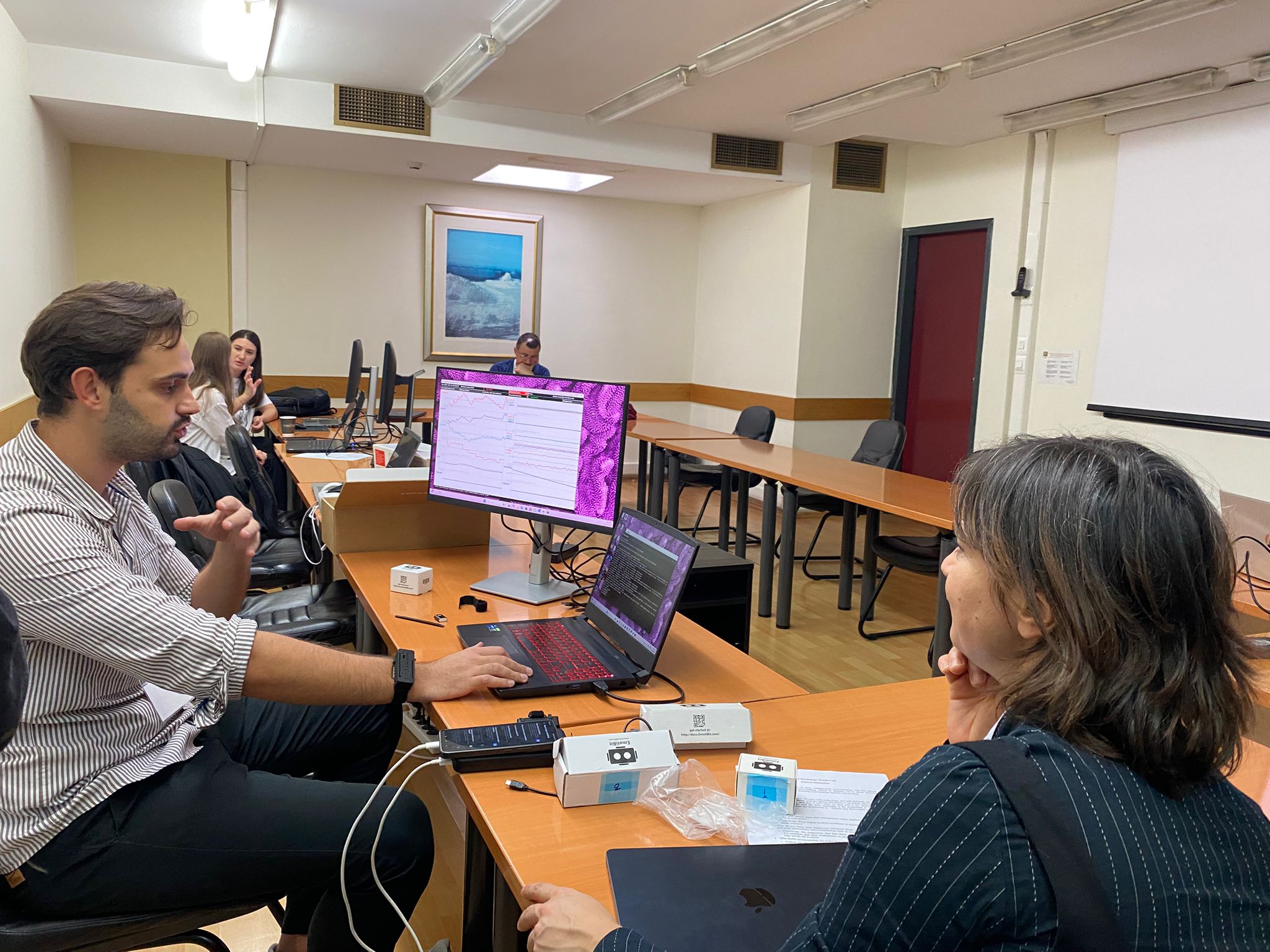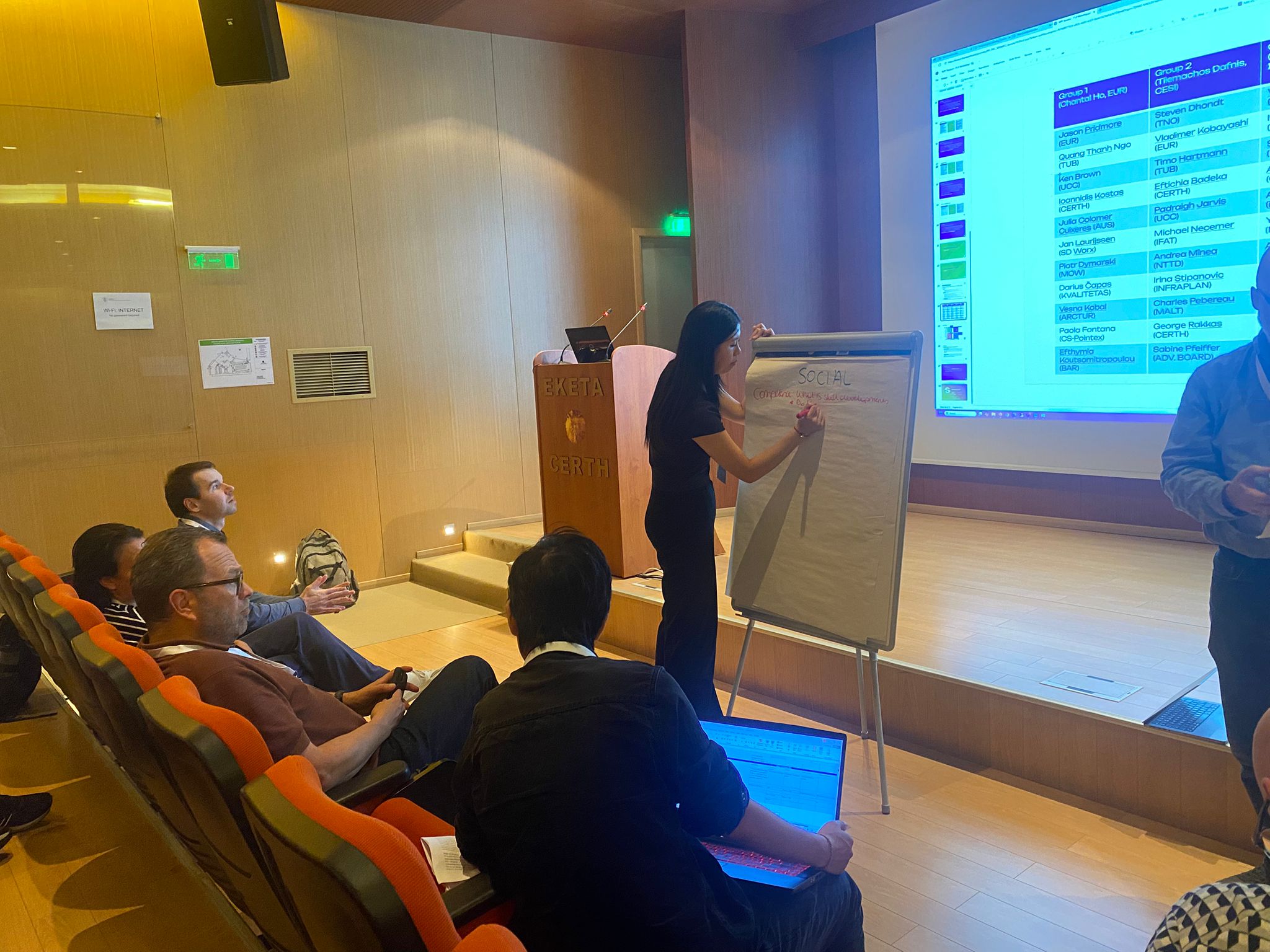SEISMEC General Assembly: Two days in Thessaloniki: pilots, evaluation and human-centric progress.
Thessaloniki, 21–22 October 2025. Hosted by CERTH, the SEISMEC consortium met to set the tone for the next stretch of work with pilots firmly in focus. Across two compact days, concrete progress sat alongside open conversations that keep the project truly human-centred.
Day 1 – From shared framing to live demos.
The meeting opened with a warm welcome and a clear project overview to align expectations, then moved into a deep dive on human-centred methods: how they translate to real industrial settings and what it takes to embed them in everyday practice. Parallel discussions helped teams turn needs into actionable steps and surface dependencies early.
Pilots took centre stage throughout the day. Progress, early learnings and near-term milestones were shared across the board, followed by a cross-pilot conversation about what human-centricity looks like on the ground and how to support it with the right approaches. During the breaks, live demos brought the ongoing work to life and sparked hands-on exchanges among partners.
A substantial block was then focused on building the bridge from pilot activity to credible, comparable evidence. Together, we aligned the evaluation logic, from use cases to outcomes, agreed on success criteria and key indicators for each pilot, and clarified how evidence will be captured in ways that are lightweight for teams and respectful of people. Roles, reporting rhythm and shared templates were mapped so results stay consistent across sites without losing local context.
The day closed with a city tour and a social dinner, keeping the dialogue flowing and strengthening the sense of team.
Day 2 – Pilots in action, reflection, and next steps.
The second day began with a brief welcome and quickly shifted into a practical look at pilots in action. In small breakout groups, teams compared progress and challenges with a clear focus: ensuring the right data is available, involving people through co-design and keeping day-to-day work aligned with the project’s intended impact. The format encouraged open conversation, surfaced shared bottlenecks, and let teams trade ideas that travel well across sites, leaving everyone with a clearer sense of priorities.
Late morning turned the lens to what “human-centred and competitive” means inside real organisations. Partners reflected on what the pilots have taught so far and connected those lessons to a simple policy angle that has been discussed with stakeholders. In the afternoon, the Advisory Board offered an outside-in perspective: what stands out, what to keep, and where to push further. The conversation then moved to visibility and uptake, how to share results clearly, involve pilot teams in communication, and make it easy for others to adopt what works without adding unnecessary complexity.
The day closed with a short, practical alignment on the coming months: responsibilities, key milestones, and how evidence will be gathered and shared to keep everyone in sync. The goal is simple: turn pilot activity into usable learning and keep momentum steady as the project moves into its next phase.

